Ossessione (1943)
“Living with him is impossible. He’s so filthy! So false!”
|
Synopsis: |
|
Genres, Themes, Actors, and Directors:
Review: From there, however, the narrative takes slightly different turns than the more “faithful” Hollywood versions. A significant early subplot has Gino leaving to continue his itinerant lifestyle, meeting a young man (Elio Marcuzzo) on a train who offers to pay for his ticket, and who is clearly (though it’s not explicitly stated) attracted to Girotti: A subsequent sequence with the pair in a one-bed hotel room once again indicates Marcuzzo’s unstated interest: … but Girotti is exclusively obsessed with Calamai, and can’t stop talking or thinking about her. Sure enough, once they meet again at a carnival, where Girotti is carrying around a sign for Marcuzzo’s act: … and de Landa is about to participate in an amateur singing contest: … the wheels of fate are set in motion once again: SPOILERS … and we know de Landa is not long for this world. The murder itself takes place off camera — and other than Girotti being initially interrogated by police at the scene of the car crash: … not too much more is made of the crime other than investigators continuing to pursue leads (i.e., there is no big court case, as in Cain’s novel and both Hollywood versions). Instead, we see Girotti and Calamai’s fraught love affair gradually falling apart, especially once Girotti learns about Calamai cashing in de Landa’s life insurance policy, and begins to suspect he’s been used. When Girotti falls for a flirtatious young ballerina (Dhia Cristiani) he meets at the park: … tensions between the murderous couple (Girotti and Calamai) naturally rise even higher, eventually leading to the film’s tragic denouement. The entire story is atmospherically filmed, with good use of natural locales and extras, thus leading to its designation by many (though this is contested) as a prototype of Italian neo-realism. Be sure to check out TCM’s article for more information on the film’s production history and challenging release. Notable Performances, Qualities, and Moments:
Must See? Categories
(Listed in 1001 Movies You Must See Before You Die) Links: |
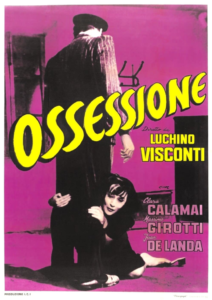
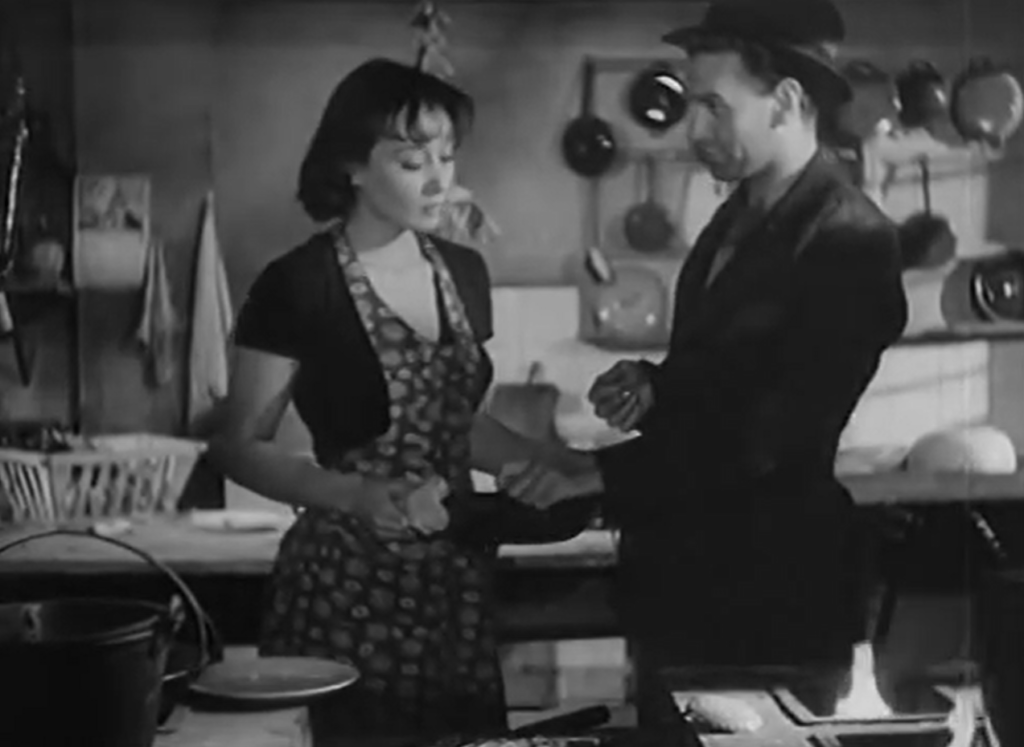
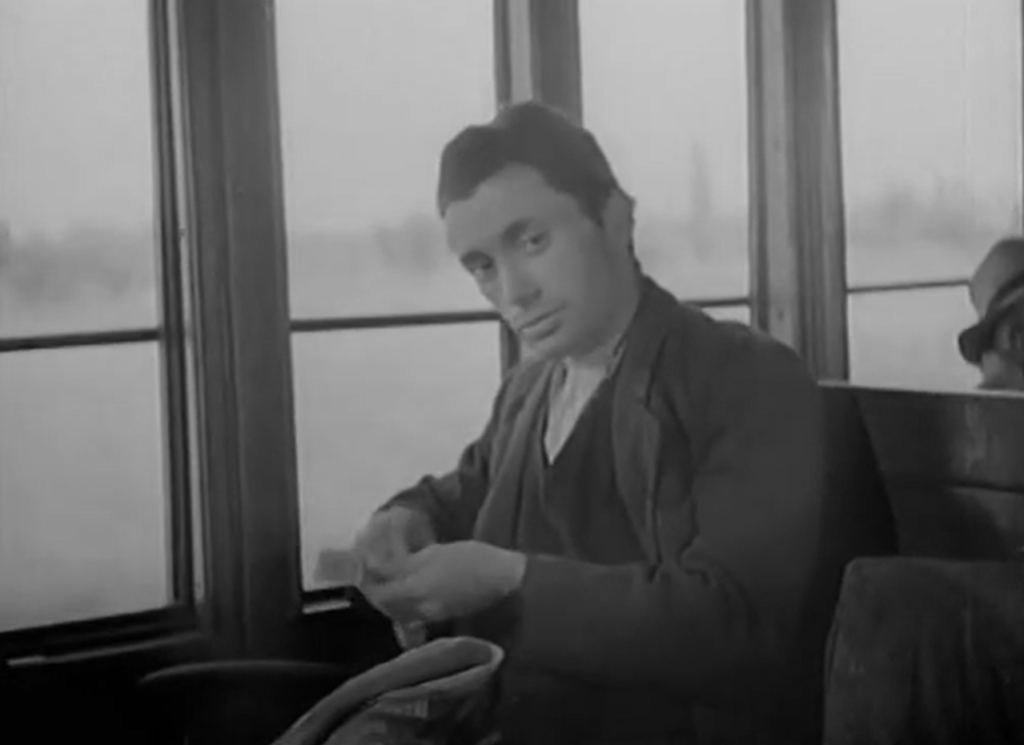


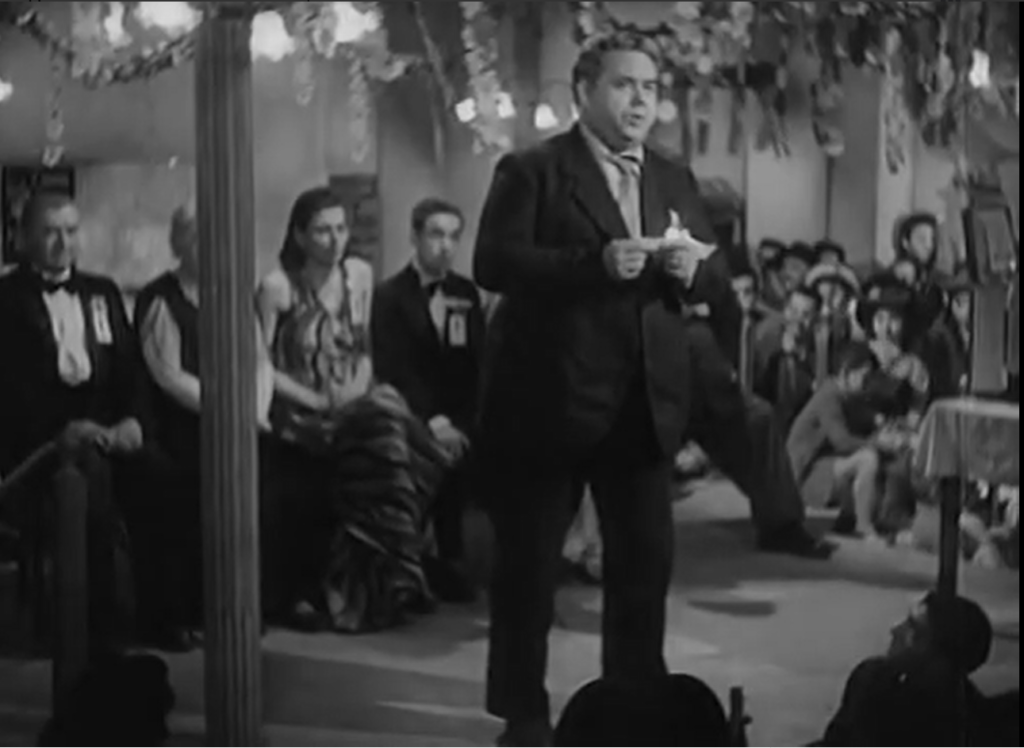
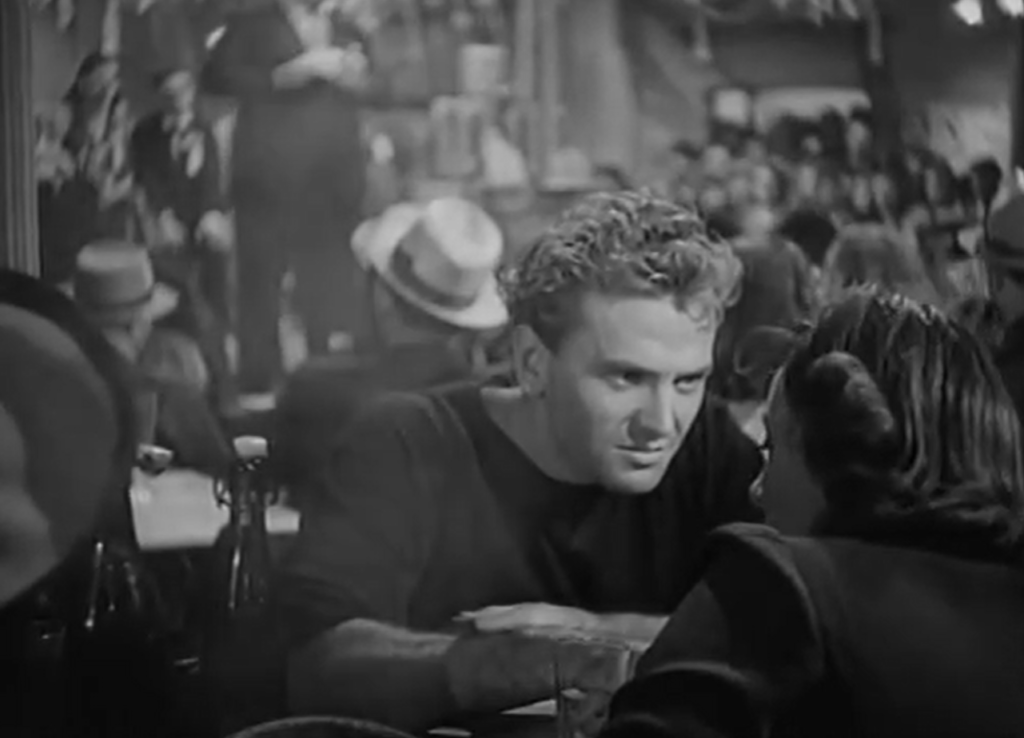
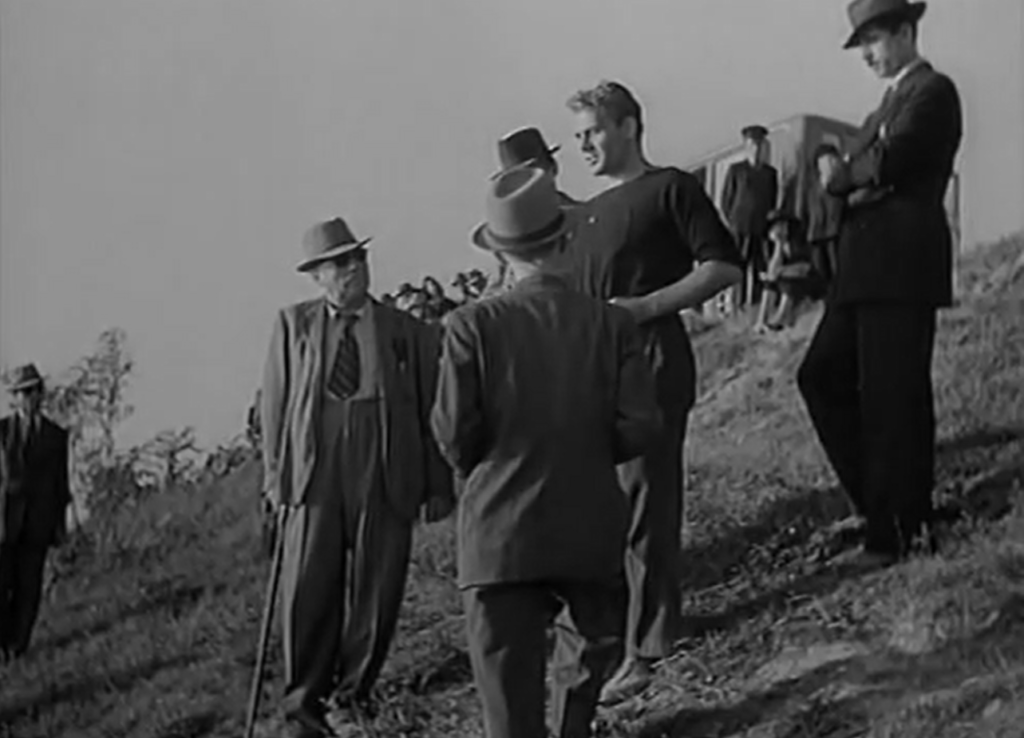


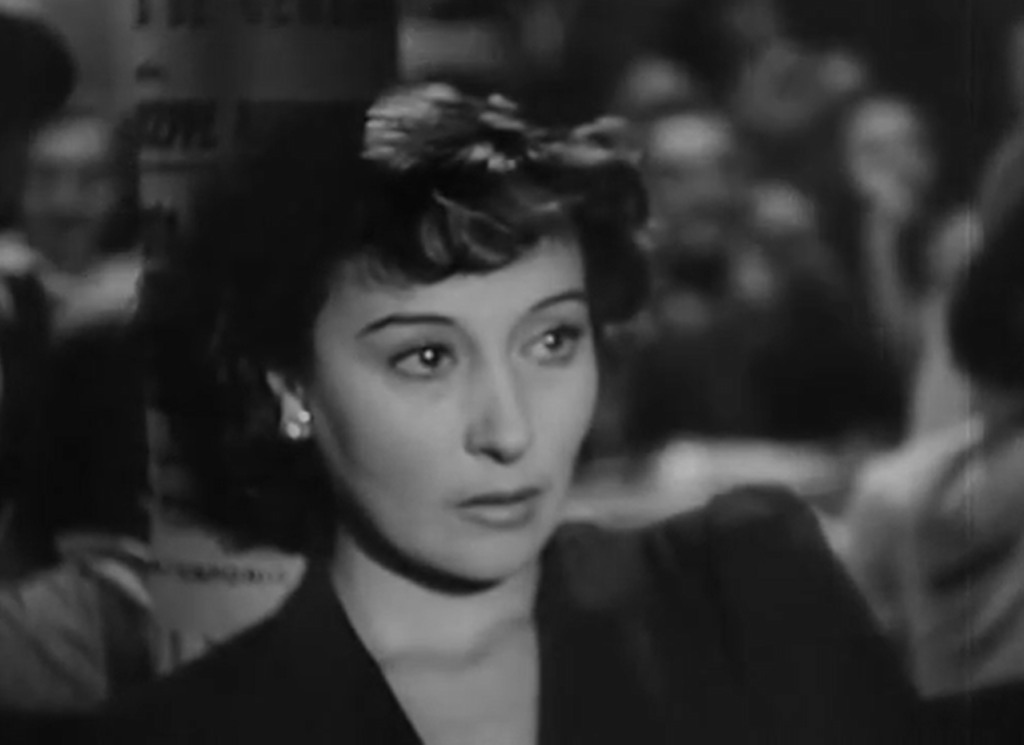
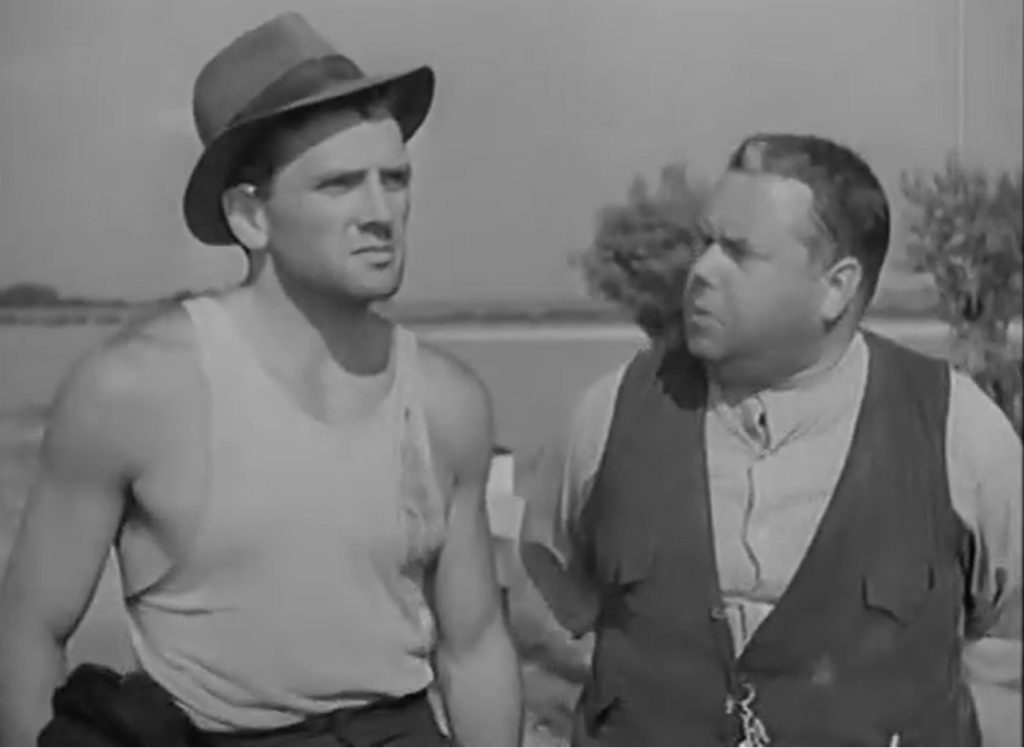
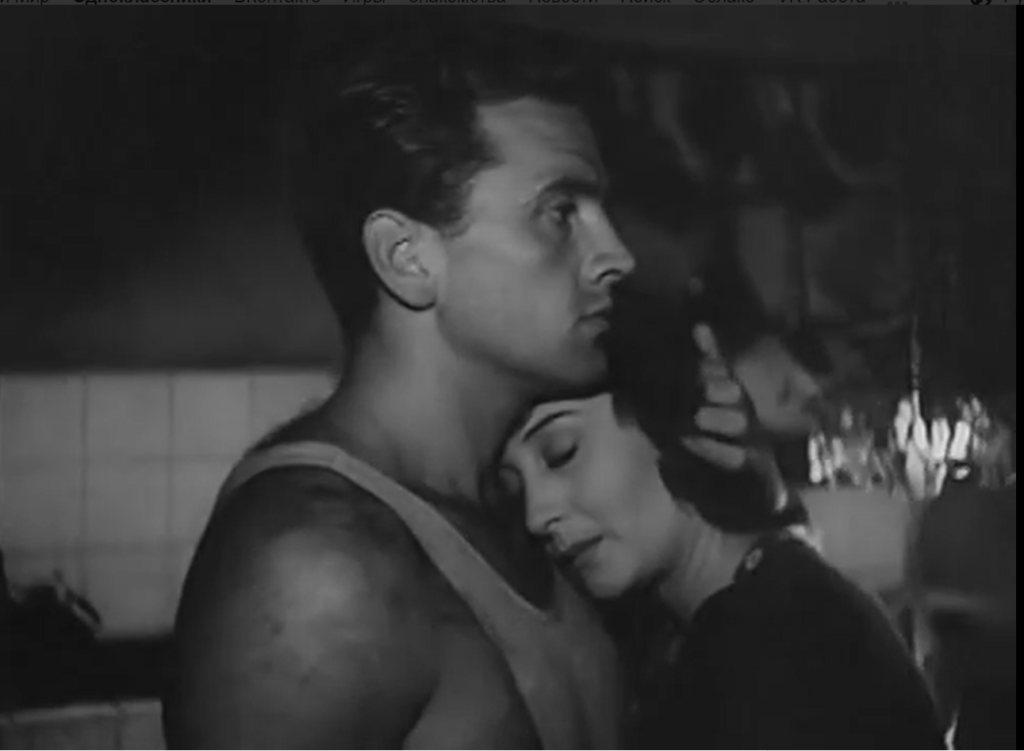

2 thoughts on “Ossessione (1943)”
Agreed – a once-must, as a significant (and satisfying) film in Italian cinema history. As per my 4/8/20 post in ‘The ’40s-’50s in Film’ (fb):
“Now! You understand?! Now!”
‘Ossessione’ (1943): James M. Cain’s ‘The Postman Always Rings Twice’ is about two people who have nothing in common but sexual attraction – who also push their luck without considering the real and practical value of the-one-night-stand. (As the song says, “Some things look better, baby, just passing through.”)
For his directorial debut, Luchino Visconti made the big Oops! of filming the book without getting the rights to the material (therefore, due to copyright issues, this film was not seen outside of Italy until 1976). The completed film’s problems magnified once it was screened a few times – it angered both Fascist and Church authorities. The Church actually performed exorcisms on places where it was shown; the Fascists went further and destroyed the negatives – but Visconti managed to hide one (from which all subsequent prints were made.)
I’ll admit to not being a real fan of the 1946 Hollywood version (to say nothing of the awful 1981 remake). It’s a little too one-note for my liking. What’s most interesting about the Visconti version is its layered and sympathetic view of the male protagonist (Massimo Girotti; who’s kind of a knockout). Though the extent of his passion for the moody, irascible woman (Clara Calamai) is still somewhat incomprehensible, there’s a certain depth to his character that makes following his fate compelling.
That said… this is still ‘Crime Must Pay’ territory and all that goes with that. But it does go in some interesting directions (i.e., Girotti taking up for a time with a drifter who, on the surface, has a lot of wanderlust but who, under the surface, appears to have common, ordinary male-male lust – but, hey, it’s Visconti!).
Good score by Giuseppe Rosati.
Massimo is super-hunky, so his appeal to all those who lust after him in this film makes complete sense… But I agree with you that his obsession over Calamai doesn’t make much sense at all; we just have to buy it as part of the plot.